Customer Focused and User Centric T&M Solutions for Wireless Market
The wireless market is evolving at a rapidly accelerating rate with OEMs, Application Developers and Network Operators closely working together to provide an environment characterized by ubiquitous and unlimited connectivity where the User can experience increasingly high levels of variety rich, quality content in addition to traditional voice and basic data services.
 Aeroflex, Francesco Lupinetti
Aeroflex, Francesco Lupinetti

(Fig.1)

(Fig.2)
In this type of environment the delivery systems have to be extremely cost competitive and totally transparent to the User. This is especially true for infrastructure and mobile elements which have become basic commodities.
In order to be attractive and add real value, ultimately to the User, Test & Measurement (T&M) solutions must be an integral and active part of the development, integration, verification and validation, production, and maintenance of the principal components of these systems.
Wireless Landscape – Diversity and Convergence
The wireless landscape is basically taking shape with two main features and a common aggregating factor.

(Fig.3)

(Fig.4)
The two main features are characterized by licensed and unlicensed delivery systems while the aggregating factor is shaping to be the applications available through these systems.
The licensed systems include WCDMA and HSPA, CDMA2000 and 1xEV-DO/EV-DV, and GSM/EDGE/GPRS. In this field WCDMA is being augmented with HSDPA and HSUPA in order to make available a higher rate, more economical data system, with CDMA2000 providing an analogous service with its 1xEV-DO/EV-DV variants. These two Radio Access Technologies (RATs) are rapidly expanding in markets characterized by strong economic growth. For developing markets, GSM/EDGE/GPRS provides a more affordable (and well proven) technology.{{分页}}
The unlicensed systems include WiFi and WiMAX with WiFi being fairly established and WiMAX in a strong definition state. In places like Korea, WiBRO provides a system somewhat bridging WiFi and WiMAX in terms of range and connectivity characteristics.
For very close range communication, Bluetooth and UWB seem to be likely contenders (with Bluetooth fairly well established), while for close-to-medium range, low data rate communication ZigBee is becoming the standard of choice.

(Fig.5)

(Fig.6)
From the application point of view, SMS, MMS, Pictures, Video Streaming, Browsing, TV Programs Reception, etc. all need to be considered. Clearly, from a User satisfaction point of view, most of these applications require 3-3.5G systems as a minimum. Since even features such as HSPA probably cannot be implemented up to their theoretical data rate limit due to transmission channel adverse conditions, 3.75-4G features such as OFDM, MIMO and smart antennas will have to be implemented in order to remove the main obstacles to the full implementation and reliable use of some of the more demanding applications.
It is fairly accepted that licensed and unlicensed systems will coexist. This implies that multi-standard/multimode equipment (both for mobile terminals and infrastructure elements) will have to be developed to allow seamless handover between, for example, WCDMA-HSPA and WiMAX systems during a voice/data session. Given that different systems might operate at different frequencies, mobile and infrastructure elements will have to be multi-band as well. One of the major points that will have to be harmonized as part of this convergence is the Quality of Service (QoS), which is fairly well defined in licensed systems but still in evolution in the unlicensed domain.
Another obvious trend for all services (including voice) is to move toward an IP/Ethernet based architecture/transport. It is safe to assume that more servers will replace the remaining traditional network elements toward an all data (including packetized voice) environment. IP Multimedia Subsystems (IMS) will allow third generation packet-switched mobile networks to access IP-based applications and services through Session Initiation Protocol (SIP).
Open Architecture – Standardization of System Components and Interfaces
In the relentless pursuit of cost reduction, several initiatives, groups, and consortia have been created with the objective of standardizing interfaces and behavior of generally recognized functional blocks in wireless network and air interface elements.
For example, the OBSAI (Open Base Station Architecture Initiative) and CPRI (Common Public Radio Interface) initiatives define open interfaces at multiple reference points within the Base Station architecture between the RF front-end and the signal processing subsystem. This type of topology would also allow for a variety of functional block configurations depending upon the Radio Access Technology (RAT) or combination of RATs being implemented. For example, a simple RF front-end providing a digital IF to a matching signal processing subsystem could be augmented either on the signal processing part (several, parallel processing blocks for high capacity, broadband requirements), or to provide multiple RF front-ends, connected to a single signal processing block, for MIMO (Multiple Inputs – Multiple Outputs) type systems.
The objective in this as in other similar initiatives, is for the OEM to be able to purchase functionally equivalent blocks (with fully compliant interfaces) from a variety of Vendors, thus utilizing a multi-source scheme in order to reduce per-unit/component purchase cost and associated overall subsystem/system cost for the Operators.
Test Objects – More Test Early – Simplified Test in Production – Strict Verification and Validation Processes
Test Objects are becoming more and more integrated. Moore’s law is not only retaining its validity for digital components but will probably become applicable (at least as a concept) to RF chips as well. In fact, recent breakthroughs in CMOS RF integration are rapidly bringing about the one-RF-chip, multi-band transceiver solution for up to 13-GHz operating frequencies (this will easily cover all current and planned, licensed and unlicensed frequency bands for at least a few years to come). Consequently, most routine parametric tests will be performed at the chip level (in a mixed signal environment) with much simplified functional/parametric test procedures during the production of the integrated assemblies. Given the increased number and complexity of modes of operation and associated applications, strict verification and validation test activities will have to be carried out at the integrated assembly level before full production takes place.
As a necessary complement to this process, especially during the early development phases, most test and validation activities will continue to be characterized by a high level of utilization of EDA tools, often in an integrated configuration with more hardware-based T&M equipment, in order to reduce development time and reduce risk by avoiding, as much as possible, implementing hardware before the design is compliant with all requirements and has reached a consistent and adequate level of stability.
Integrated Test Environment
In order to effectively operate in the environment described above Test Equipment and Systems, and Test Objects must constitute a well integrated and highly complementary Test Environment. For the Test Equipment this implies:
• Full interface capability/compatibility with the DUT (including RF, digital, analog, mechanical, etc.)
• Real time operation capability (as needed)
• High execution speed (the only limitation to the speed of test should be the DUT itself, not the Test Equipment/System)
• Multiple I/Os availability for multi-port stimuli injection and response capture and analysis
• Scalability (number of functions and interface points) to
o Quickly adapt to additional or changing requirements
o Allow for parallel testing of various functions within the same chip/chipset/device/assembly
o Allow for parallel testing of multiple devices.
Chip/Chipset/Device/Assembly Life Cycle Test Requirements and Addressable T&M Markets
Test requirements generally address the entire life cycle of a Test Object (or a Test Object aggregate of various elements) at its various levels of integration. From an overall point of view, this life cycle is usually composed of the following phases:
• Feasibility assessment and development – (R&D Market)
• Integration, Verification, Validation and Test – IVV&T – (Conformance Market)
• Production – (Manufacturing Market)
• Field trials (for mobiles), installation and commissioning (for infrastructure), and monitoring (especially for infrastructure) – (I&C Market)
• Maintenance (including repairs) and calibration (where applicable) and updates/upgrades – (Support Market).
Test Solutions
Traditional test solutions generally address a specific market/market segment. However, due to increasing market pressure on cost reduction and return on investment (ROI), there has been a tendency for Vendors to provide and for the Customers to utilize solutions that span more than a single market segment or even an entire market.
In this context, Aeroflex offers a variety of solutions for wireless network elements and applications with a strong emphasis on modular, reconfigurable, and scalable/upgradeable Test Equipment and Systems. Examples of these solutions, within this space, are briefly given below.
R&D Market
The R&D market is addressed both at the parametric and at the protocol development test levels. Typical platforms utilized to support these tests are the 3000 (PXI-based RF measurement system), 3400 (Digital Vector Signal Generator) and 6400 (cPCI-based protocol/parametric mobile test system) series. Custom waveform creation, simulation and downloading capabilities are provided with IQCreator (a proprietary and continuously evolving software tool).{{分页}}
Figure 1 illustrates a typical parametric test set-up for a Multi-Carrier Power Amplifier (MCPA) with either:
• The 3400 Digital Vector Signal Generator providing high performance stimuli (e.g., high ACPR and low phase noise) derived from either standard or User-defined signal files/waveforms generated with IQCreator and downloaded to the test system; and with the 3000 series platform providing DUT control, and response capture and analysis, or
• The 3000 series platform providing DUT control as well as high speed closed-loop response to its own standard or User-defined generated stimuli.
In both cases the signal generators provide the required input waveform to simulate a Base Station for the characterization, optimization and tuning of the DUT.
Figure 1 - MCPA Development, Optimization, Tuning and Characterization Test System
Figure 2 illustrates mobile protocol development/testing utilizing the 6400 series platform. This Test System is simulating one or more sectors/cells and/or Base Stations and offers full protocol support.
It is important to note that for the 3000 and 6400 platforms IQ inputs/outputs are available for connection to the DUT.
For the 6400 in particular (see Figure 3) a number of I/Os are available for Layer 1 connection and development support.
Figure 2 - Mobile Protocol Test/Development 6400 Set-Up
Figure 3 - 6400 Platform Access Points for Layer 1 Development Activities
From an infrastructure test point of view, initial development can be effectively accelerated by utilizing the TM500 Test Terminal (fully air interface operation capable; see Figure 4) which is typically made available to infrastructure developers and integrators well before any commercial, high volume Mobile Terminals are released to the User market.
The TM500 also allows infrastructure (Node Bs) loading by simulating multiple UEs (currently up to 32) while providing the User with the latest 3GPP features (including full HSDPA and HSUPA capabilities).
Figure 4 - TM500 Air Interface Node B (Base Station) Test System
Significant Advantages/Differentiation
Aeroflex’s solutions for this market segment are fully modular, scaleable and software configurable. This allows Customers to upgrade and reconfigure these products easily and without having to purchase a completely new equipment solution. Incremental investment is thus possible, according to the sophistication and requirements of the test objects. Modularity also allows multiple RF/analog/digital inputs/outputs so that units under test can be stimulated and analyzed at all their interfaces, in a mixed signal environment, not limited to the traditional RF input/output methodology. This is especially important when testing chipsets, developing protocols or testing devices that require simultaneous synchronized control, stimulus, and data capture and real time analysis from a variety of inputs and sources.
Conformance Market
This market requires that infrastructure and mobile wireless elements be tested and validated through the use of certified platforms and third-party validated test cases. Aeroflex is a recognized leader in this market and provides certification/validation Test Systems for a variety of standards and applications.
Some of the most important examples are:
• The system depicted in Figure 2 when utilized in a script mode to run campaigns for Mobile Protocol Test Cases,
• The Inter-System Hand-Over (ISHO) also illustrated in Figure 2, for seamless User hand-over between different RATs (e.g., WCDMA, HSDPA, CDMA2000, etc.),
• The Assisted GPS (A-GPS) Test System depicted in Figure 5 for Location Based Services (LBS), and
• The Mobile IP (MIP) Test System illustrated in Figure 6 for Application Test.
Conformance test is probably the most critical phase of design verification for any element of a wireless network. Consequently, test systems must be even more accurate and reliable than the element under test.
Figure 5 - A-GPS Test System With GPS Constellation Simulator
Figure 6 - Mobile IP (MIP) Test System
Significant Advantages/Differentiation
Aeroflex’s solutions provide the most balanced mix of 2-2.5-3-3.5G and applications test cases in the industry.
The modularity and software reconfiguration capabilities of these platforms enable the Customer to easily change the topology of the test (e.g., from one cell to multi-cell, from one Base Station emulation to several Base Stations, etc.) by simply adding modules to the platforms and letting the software automatically recognize and start operating within the new configuration. Multi-DSP/FPGA rich modules allow multi-layer processing of all standards, including High Speed Packet Data both for the downlink (HSDPA) and the uplink (HSUPA) channels. For CDMA systems, EV-DO and EV-DV are also fully supported. Location Based Services (LBS) conformance tests (e.g., A-GPS) are available for all standards through a fully integrated, software reconfigurable platform and a 12-channel true GPS simulator.
Aeroflex方案为2、2.5、3、3.5G的混合应用测试提供了最大的平衡,
Manufacturing Market
Test Systems for manufacturing are being predicated on speed and throughput, ease of use and reconfiguration, scalability, upgradeability, small footprint and low power consumption, competitive price, high performance, and very competitive ROI.
Especially for mobiles, the general tendency is to reduce the number of tests to a minimum with the almost total exclusion of protocol (except, for standards such as GSM and UMTS, for a simplified end-of-line call setup/processing to ensure that the mobile unit, once activated, will actually synchronize on available, compatible networks).
A typical manufacturing test flow for UE is depicted in Figure 7.
Figure 7 - Typical User Equipment Manufacturing Test Flow
Aeroflex’s main line solution for UE manufacturing test is depicted in Figure 8. The system showed can be augmented with additional modules, racks, software, and third party solutions to cover all UE required manufacturing tests. A separate display can be utilized to visualize all data and procedures associated with the test sequences reported in Figure 7.
Figure 8 - PXI-Based RF Measurement System for UE Manufacturing Test
A sample GUI display is illustrated in Figure 9 for a typical 3GPP UE test.
Figure 9 - Sample Display GUI for Typical 3GPP UE Parametric Tests
Significant Advantages/Differentiation
This PXI/PXI Express-based synthetic/software configurable system provides an excellent, cost effective alternative to more traditional, box-based, rack-and-stack systems.
This system is characterized by the highest performance RF/microwave (up to 6 GHz) modules available in the T&M industry, coupled with sophisticated base-band signal generating and processing algorithms that span all 2-2.5-3G and 802.xx standards, and powered by proprietary signal conditioning software that allows this highly integrated system to exceed performance levels associated with speed, accuracy, repeatability, and low noise, over tens of thousands of measurements, against any traditional rack-and-stack solution.
This measurement-based system can be readily expanded to support multi-I/O/port (e.g., for RF-ICs) and multi-site (e.g., for multiple devices) testing, and provides superior asset management capabilities for the User in assigning signal generation and analysis functions as needed, in order to achieve maximum throughput in a production environment.
This reconfigurable system also allows the integration of third-party solutions, including modules and software, and can be effectively managed either through User-defined or industry standard Test Executives, or by means of continuously evolving, Aeroflex provided script/campaign/measurement management systems and utilities.
I&C Market
This particular market is mostly associated with infrastructure equipment installation, commissioning and monitoring. An example of a Test System for this type of application is illustrated in Figure 10. The Aeroflex 6413A is a newly released, portable, cPCI-based, complete Node B (fully simulating both air and network interfaces) Base Station tester.
Figure 10 - 6413A Base Station I&C and Parametric Tester
Typical measurements that can be carried out with the 6413A are reported in Figure 11. Please note that due to the synthetic instrumentation architecture utilized in Aeroflex products, several simultaneous measurements can be carried out utilizing the same basic captured/digitized data. This allows the instruments to get real-time samplings of the ongoing processes and enables the User to assess the data with high levels of accuracy, confidence and correlation.
Figure 11 - Typical 6413A Node B and Parametric Measurements
Significant Advantages/Differentiation
The Aeroflex 6413A is the only stand-alone Base Station Tester in the industry, bench-top as well as field-portable, that provides full transmitter, receiver and Node B test capabilities. The receiver tests in particular allow true uplink test facilities including true Bit and Block Error Rates (no loop-back needed) also by validating what is provided at the air interface with the data processed through the Node B interface.
Support Market
The type of Aeroflex equipment that is routinely utilized for the support market includes the 3400 and 3000 series as well as the 6413A together with more general purpose equipment.
For the Public Mobile Radio (PMR market, including P-25, TETRA and various legacy systems), the 3900, cPCI-based, portable platform is the recognized leader across R&D, I&C and Support markets for PMR. This newly released Test System is depicted in Figure 12.
Figure 12 - 3900 Digital Radio Test Set (DRTS) System
Significant Advantages/Differentiation
These software defined/configurable, measurement-based systems combine cost-effective high performance with future-proof scaleable architectures, thus ensuring extended life cycle utilization without loss of test capability. Due to their programmable features, these systems can also be effectively utilized to support various aspects of R&D, IVV&T and I&C activities, thus providing seamless coverage of all User test requirements for all market segments.
Conclusion
There is no doubt that the requirements and expectations for the wireless industry are changing. On one hand the increasing number of standards with their associated complexity provides an avenue for new features and additional network performance to support bandwidth hungry new applications. On the other hand new initiatives and consortia try to simplify and standardize the implementations that derive from increasing levels of complexity.
In this dynamic scenario application testing is assuming a primary role closely followed by mobile and infrastructure test in multi-band, multi-standard and multi-mode dynamic environments.
The challenge for T&M is then the same encountered by OEMs and network operators: provide the additional features and performance at lower cost and within a standardized, highly competitive framework. The Aeroflex products and features presented above, together with their converging characteristics and architecture, certainly provide a clear, Customer focused and User centric way forward in this exciting new direction.





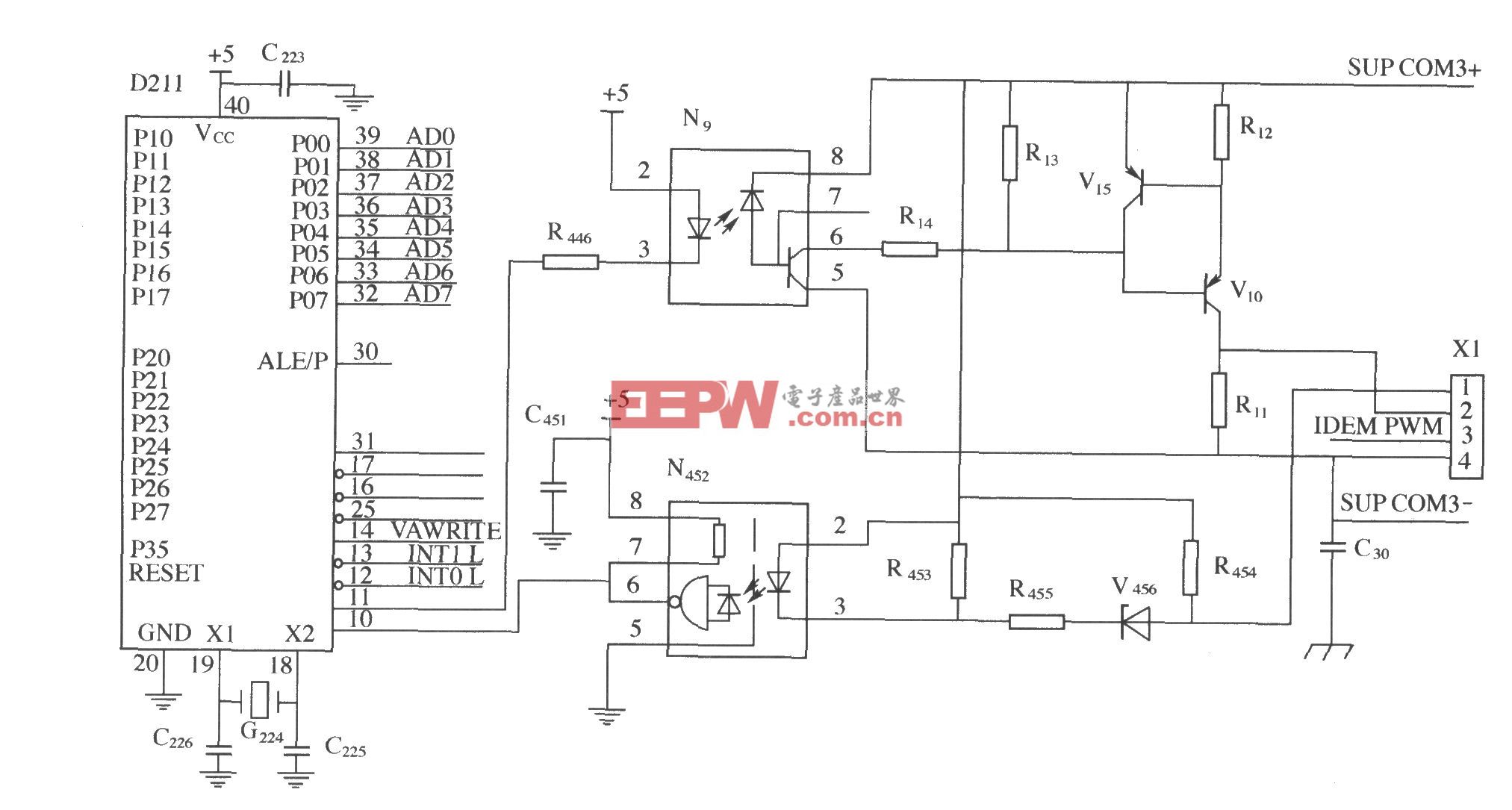
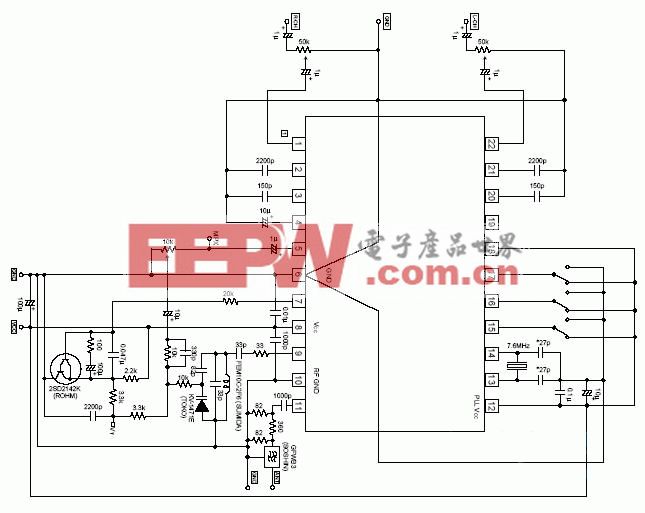
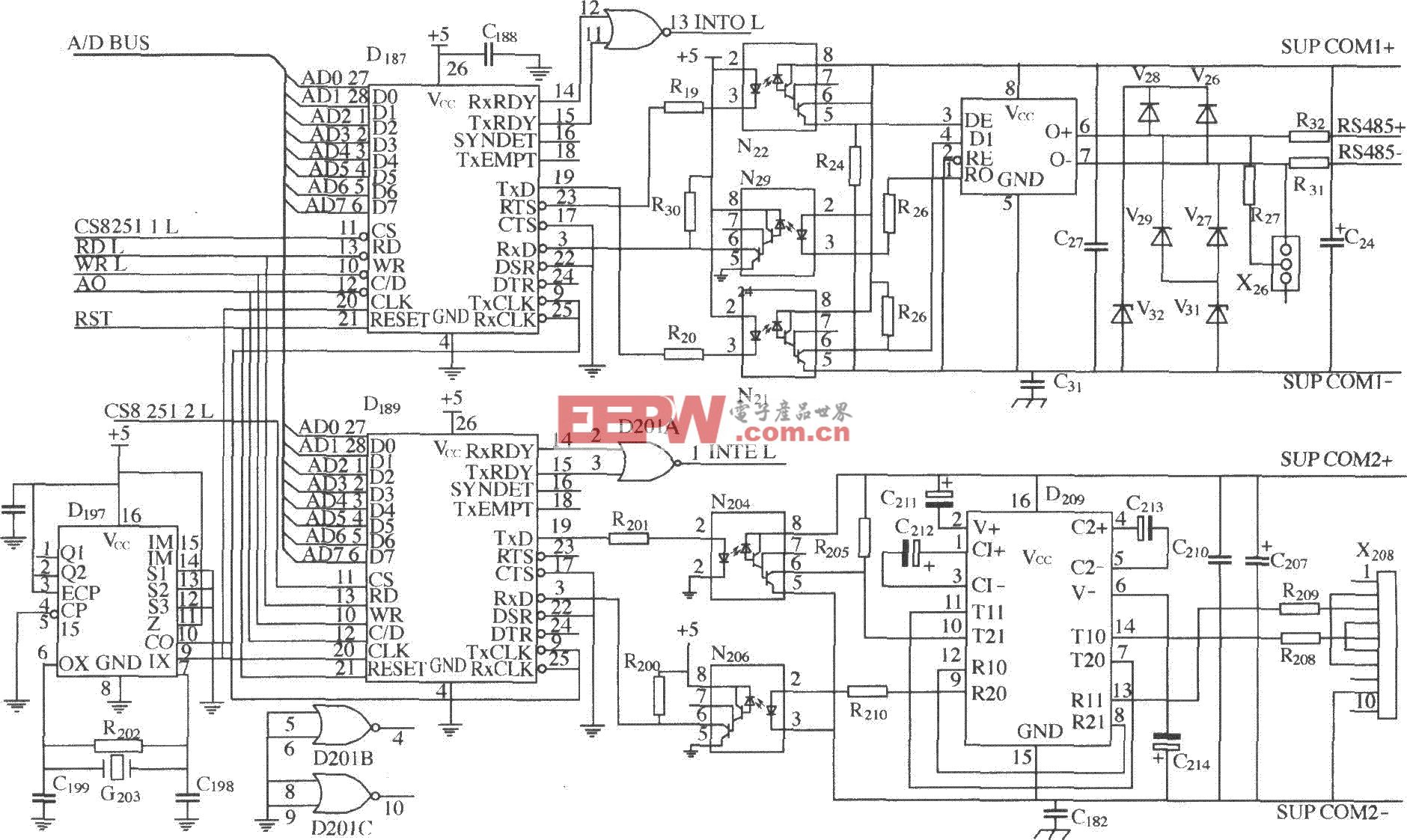
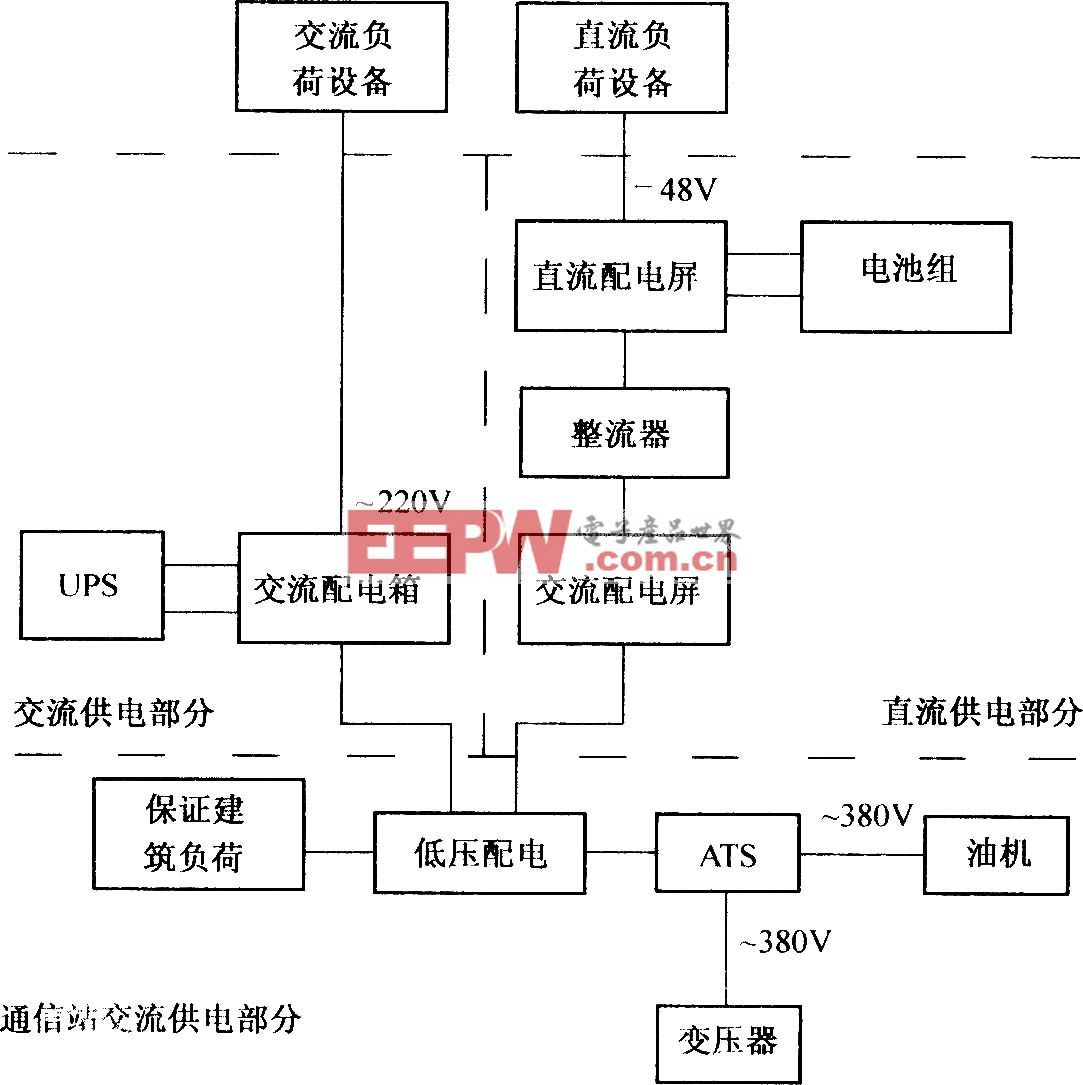

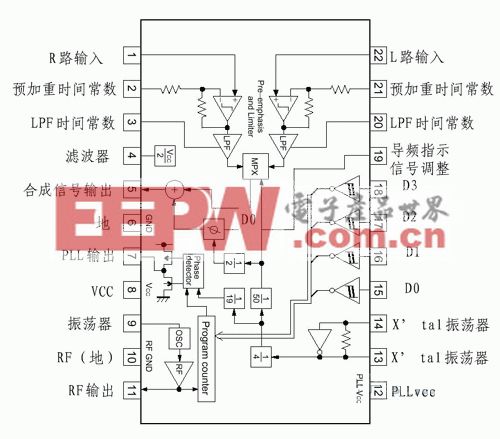
评论